The brand story of the brilliant Balenciaga
- 25th May 2020
- 17923
- 0

Balenciaga: Racing through Reincarnations
Well, who does not remember Cardi B’s iconic song ‘I Like It’ where she casually mentions the Balenciagas, the ones that look like socks? I certainly do and so does most of the Gen Z. Founded by Cristóbal Balenciaga in 1937, Balenciaga alters the idea of beauty in the multiverse of fashion and represents a revolution, one that questions the very essence of traditional fashion. From its conception as a pioneer of haute couture to today’s swanky street style mainstay, this brand has had many reincarnations.
THE MASTER: Cristóbal Balenciaga (1937-1972)
Before being lauded by Christian Dior as “Master of us all”, Cristóbal grew up in a town in northern Spain. His mother was a seamstress to the royal families of Spain and worked with the most glamorous women of her time. At a tender age of 12, he bagged his first apprenticeship in San Sebastian, wherein 1917 he opened his own fashion house called Eisa, short for his mother’s maiden name. He went on to start shop in Barcelona and Madrid as well. Unfortunately, the Spanish Civil War in 1937 forced him to shut shop. Shortly after, he moved to Paris and opened the House of Balenciaga and soon became a couturier of uncompromised standards.

Source : pinterest.com
His early start in the world of fashion gave him an edge but what truly set him apart was his unparalleled understanding and manipulation of fabrics, dramatic use of texture and colour and his exquisite craftsmanship. He produced ground breaking female silhouettes and never-before-seen shapes, thus, setting the stage for modern design. His classics, the envelope and sack dress abstracted the body and eliminated the waist. Most designers started with the sketch but Cristóbal began his constructions process with the fabric. His unrivalled understanding of the craft and architecture of garments earned him the praise of many designers. Christian Dior said, "Haute Couture is like an orchestra, whose conductor is Balenciaga. We other Couturiers are the musicians and we follow the direction he gives." Unlike Dior’s hourglass silhouette, Balenciaga used fluid lines, broad shoulders, big volumes and unusual shapes. The wearability, precision and allure of his garments earned him a prominent position in mainstream fashion. The 1950s and 1960s were the most creative periods of his career. The late 1960s turned tables for the house of Balenciaga and caused its closure. Marking the end of a great era of fashion, Cristóbal passed away in 1972.
Cristóbal’s Design Timeline
1953
The balloon jacket.
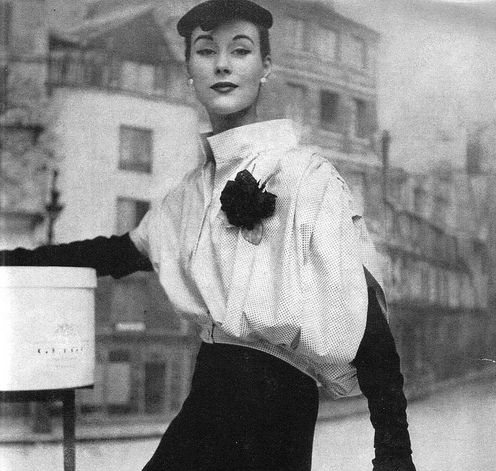
Source : pinterest.com
1955
The tunic dress.
1957

Source : pinterest.com
The chemise, the cocoon coat, the balloon skirt, the baby doll dress, the sack dress.

Balenciaga sack dress, 1957 (Photo credit: Thomas Kublin, courtesy of Balenciaga Archives Paris)
1959
The Empire line, with high-waisted dresses and kimono coats.

Balenciaga empire dress, 1959 (Photo credit: Balenciaga Archives Paris)
1960
Balenciaga makes the wedding dress for Fabiola de Mora y Aragón when she marries King Baudouin I of Belgium.
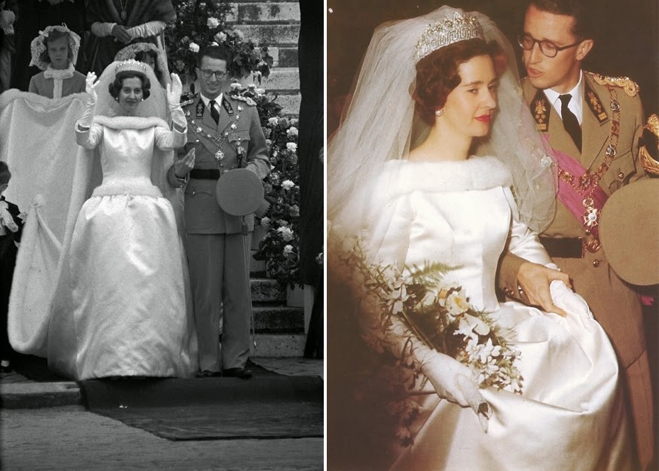
Source : pinterest.com
REVIVAL: Michel Goma (1986-1992)
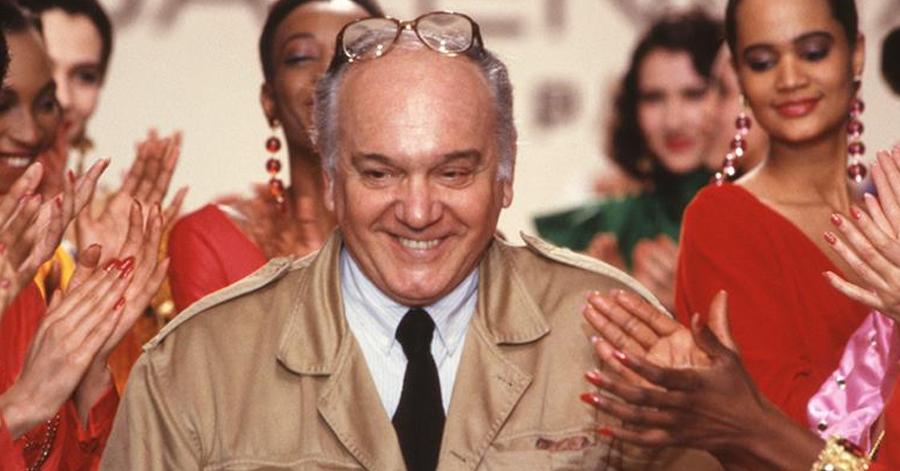
Source : https://www.harpersbazaar.com.au/fashion/history-of-balenciaga-19170
19 years later, in 1986 the Bogart Group gained ownership of the House of Balenciaga and hired Michel Goma to steer the brand in the right creative direction. He was tasked with designing a bright and colourful ready-to-wear garment line called Le Dix. He fancied not-so-boring short hems and created a niche in the chemise.
TRANSITION: Josephus Thimister (1992-1997)
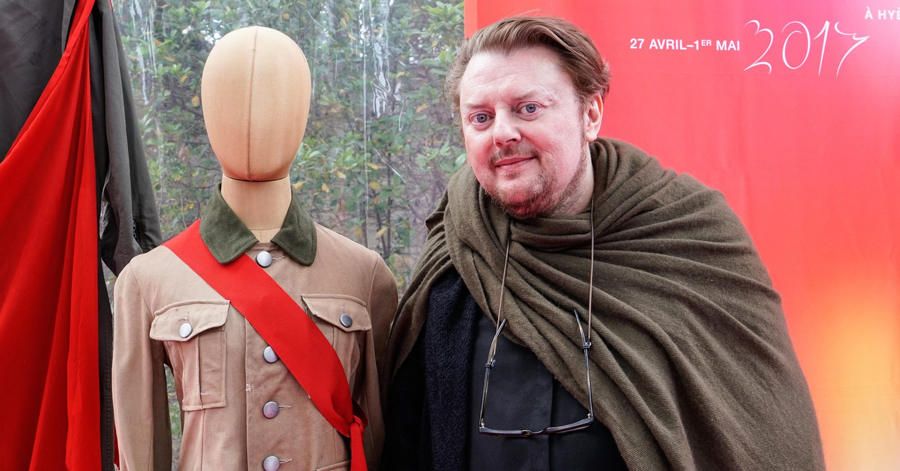
Source : https://fr.fashionnetwork.com/news/Josephus-thimister-est-decede,1157929.html
During his tenure as creative director, this prominent interior decorator and designer elevated Balenciaga to the status of high-fashion. He steered the brand to glory by reinventing the semi-tailored garments. As glorious as his tenure was, it remained quite short. After the audience walked out of the runway show in 1997, he was let go.
‘IT’ STATUS: Nicolas Ghesquière (1997-2012)
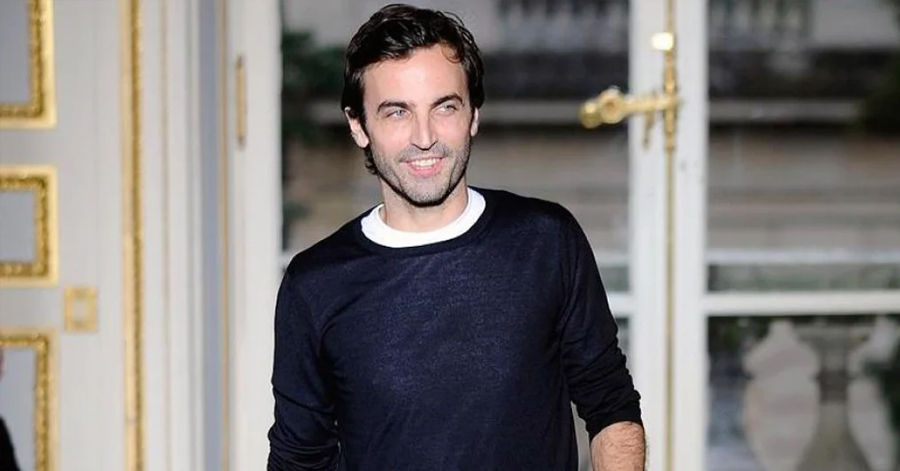
Source : https://www.businessoffashion.com/community/people/nicolas-ghesquiere
Nicolas Ghesquière and his time at Balenciaga restored the brand’s glory as an original high-fashion house. A modest, mostly black collection that mimicked Cristóbal’s excellence in the construction of silhouettes, the ‘IT’ bag Lariat, the gladiator boots and the hyper-floral prints were some his most artful creations and helped him cement his place in the legacy of the brand and the world’s fashion map. During his tenure, Balenciaga was acquired by the Kering Group in 2001 and remains in the umbrella of the group.
AMERICAN TWIST: Alexander Wang (2012-2015)

Source : https://jakartaglobe.id/culture/alexander-wang-set-leave-kerings-balenciaga-source/
Following his predecessor, Wang reinvented the founder’s exemplar creations and gave it a very American, youth-like twist. Paying homage to the founder of the house, he updated the cocoon coats, bubble skirts and peplums with a sporty twist. His yellow stand-out coat was one of his most splendid moments at Balenciaga. Wang continued the tradition of celebrity dressing just like Cristóbal Balenciaga and Nicolas Ghesquière.
THE REVOLUTION: Demna Gvasalia (2015-Present)
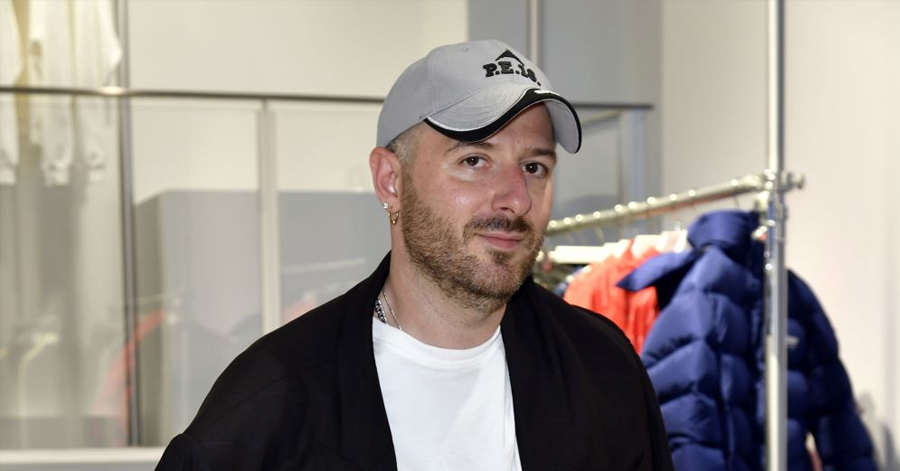
Source : https://sourcingjournal.com/denim/denim-influencers/demna-gvasalia-vetements-streetwear-exit-169473/
In 2015, a fashion provocateur, Demna Gvasalia replaced Alexander Wang as artistic director at Balenciaga. He shared a similar M.O. as that of Cristóbal Balenciaga. He favoured meticulously deconstructed garments, deft manipulation of fabric, sculptural and futuristic silhouettes. He finds a connection in his and the founder’s thought process regarding clothes and the way they need to be constructed, to which he says “I am less interested in innovation in terms of developing a new fabric. For me, an authentic fabric that isn’t necessarily new or high-tech is far more exciting. The biggest innovation has to happen in terms of methodology, the processes by which you make a collection, and also in terms of what you make. I am interested in analyzing fashion at that level. That’s where I want to work, and what I think needs to change”. He fused Balenciaga’s avant-garde approach and his affinity towards sportswear aesthetic, to create oversized, voluminous, playful and functional clothes. His mission as he states is, “Luxury clothes to be worn, not moth balled; product that is desirable without losing its integrity as something practical.” At the centre of all his creations is wearability. He transports the Balenciaga archives from the 1950s and adapts them to the future. His “hourglass” blazer with a sculptural waist, technical parkas, the triple S sneakers, kimono-style robes, puffer coats and logo plastered T-shirts have literally “shook the box” for Balenciaga in the luxury market.
Gvasalia’s recent collections are relatively logo-free, grown-up, a bit more tailored and had no trainers. It did have some couture evening wear, business suits and even raincoats but it all seemed overtly futuristic. His understanding of the shifting consumer preferences and ability to make required changes have paved his way to success at Balenciaga. Along with restoring the design ethos, Gvasalia restructured the business approach of the brand. He says, “Balenciaga is a house that makes clothes first and foremost. But I cannot ignore the things people want to buy. I can show a collection full of eveningwear, but it would be hypocritical because that’s not what people buy; that’s not what they have money for. They want to buy sneakers and they want to buy T-shirts. This is not something anybody can change, but I also don’t think a branded T-shirt is any kind of offence to luxury. The hardest thing to achieve in a modern, evolving brand is finding the right balance between the business and the dignity of the brand.”
Balenciaga’s Madcap Instagram
When asked about his views on social media, Gvasalia answered, “It’s important, but very hard to do right. To be honest, I think it’s pathetic as a brand to be worrying about how many likes you have and to be desperately courting followers. In my view, when Instagram becomes just a visual commercial catalogue – saying, “Buy me! Buy me! Buy me!” – it’s more detrimental to the brand than beneficial. It cheapens your identity. Or posting some “It girl” posing with your bag. That’s just vulgar and potentially dangerous. You need to utilize these new media in a way that’s visually innovative and smart.” Through its loud plastered logos and bizarre social media tricks, Balenciaga has garnered approval and appreciation from its audience.
On various occasions, Gvasalia has been called “the grandmaster of meme fashion” and Balenciaga’s Instagram page has been seen as crazy, whacky, bizarre and unconventional. With a grand following of 11.2 million, Balenciaga’s Instagram is just a series of cat pictures, mirror selfies, contorted body poses and quirky looking food. They mock the pretentiousness and perfection of the fashion industry. Portraying that anyone can model for Balenciaga and can have fun while doing so.
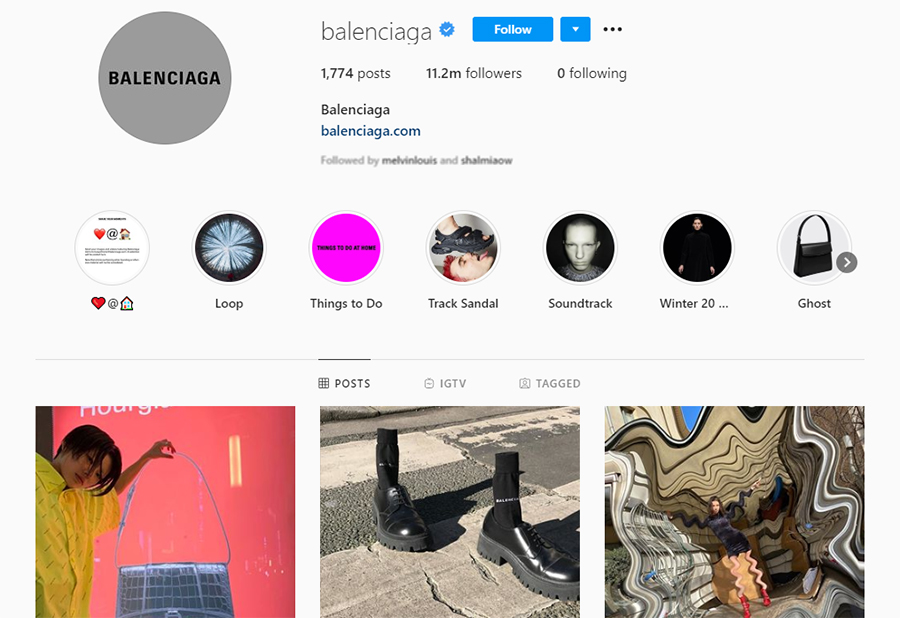
Source : https://www.instagram.com/balenciaga/
Despite the mockery of the mundane, Balenciaga has a dramatically high engagement rate of 1% as compared to its fellow competitors like Gucci, Prada, Louis Vuitton and Dior that average to only one-third of Balenciaga’s engagement.

Source : https://www.gartner.com/en/marketing/insights/daily-insights/deconstructing-balenciagas-wacky-instagram
This differential social media strategy is not an aimless one. It recognises what the tech-savvy Gen Z wants: shoes, cats, randomness and post-modern authenticity. 65% of the sales come from millennials and Gen Z and this is exactly how this meme generation fell for the meme-bait hook, line and sinker. This form of total disregard for conventional luxury social media marketing has indeed worked its charm on the younger audience and continues to do so. I wait to see what happens when this strategy dissipates and what do they do to stay fresh and relevant.
To say that Demna Gvasalia has truly understood Cristóbal’s vision for Balenciaga would be a highly gross understatement. He has not only understood the brand but has made Balenciaga intelligently fearless, relevant and dignified.
 Deepshika Lunia
Deepshika Lunia


Comments
No comments yet.
Add Your Comment
Thank you, for commenting !!
Your comment is under moderation...
Keep reading luxury post